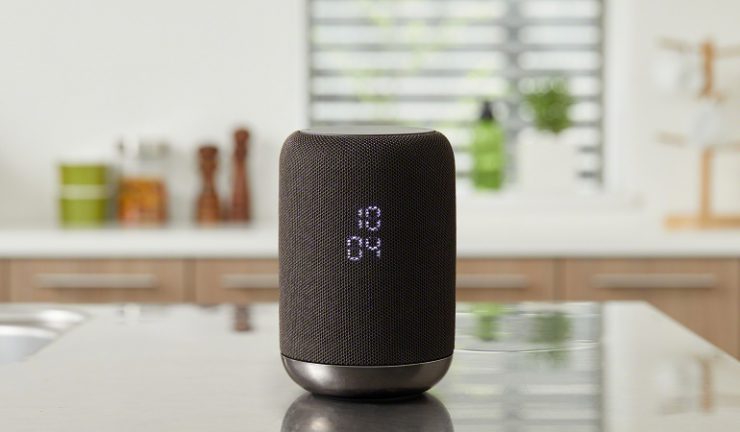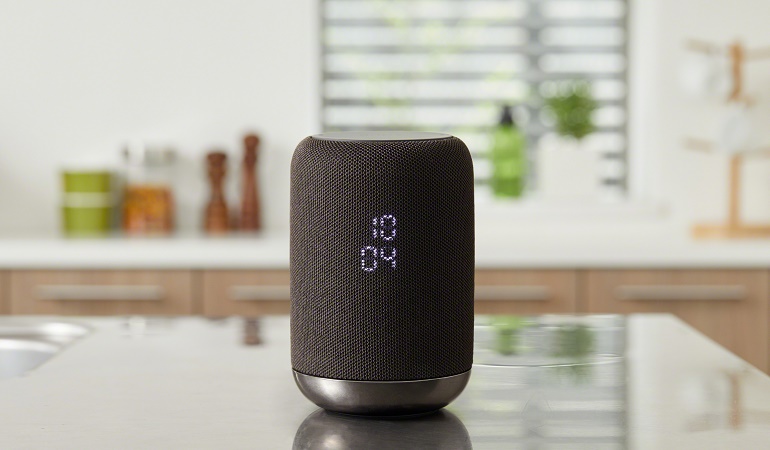Despite privacy concerns.
The Australian Internet of Things at home (IoT@Home) market grew 55 per cent in 2017, reaching $583 million, according to new research from technology analyst firm, Telsyte.
The Telsyte Australian IoT@Home Market Study 2018 found rapid uptake in smart speakers, as well as increasing internet connectivity of appliances such as air conditioners and security cameras, is creating the foundation for an Internet-connected device explosion expected to accelerate beyond 2020.
According to Telsyte research, the average Australian household has 17.1 connected devices in 2018, up from 13.7 in 2017. Telsyte forecasts this number to grow to 37 by 2022 or 381 million Internet-connected devices nationally. Most of this growth is expected to come from IoT@Home devices and associated services, which Telsyte categorises into smart energy, smart security, smart lifestyle and smart hubs.
Telsyte believes the smart lifestyle sector, which consists of whitegoods, appliances and house & garden products, will be the largest sector by 2022, as manufacturers bring to market products that have Internet connectivity as a standard feature.

“Building connectivity into consumer products will allow manufacturers to develop new business models and provide intelligent services that not only change consumers’ lifestyles, but disrupt a number of traditional industries”, Telsyte managing director Foad Fadaghi said.
However, despite the potential growth of the IoT@Home market, challenges such as privacy and cyber security concerns are impacting consumer appetite. Some 41 per cent of Australians are “more concerned about cybersecurity than last year” and 61 per cent are concerned about their private information being exposed online, up 5 per cent from the previous year.
Smart speaker sales boom
Telsyte estimates around half a million Australian households currently own a smart speaker, up from less than 10,000 in 2016. Telsyte forecasts around three million Australian households will have a smart speaker by 2022.
The smart speaker category was the fastest growing IoT@Home product in 2017, with Google Home and Google Home mini being the market leaders driven by holiday season sales, free giveaways with Pixel 2 smartphones, and multipack offers. Telsyte expects Apple and Amazon to catch up as their products became more widely available in 2018.
Telsyte research shows smart speaker users are twice as likely to purchase other IoT@Home products compared to non-users.
The most important factor for consumers purchasing IoT@Home products are that they are easy to use or “just work”. This includes being easy to setup, and not requiring active human monitoring.

